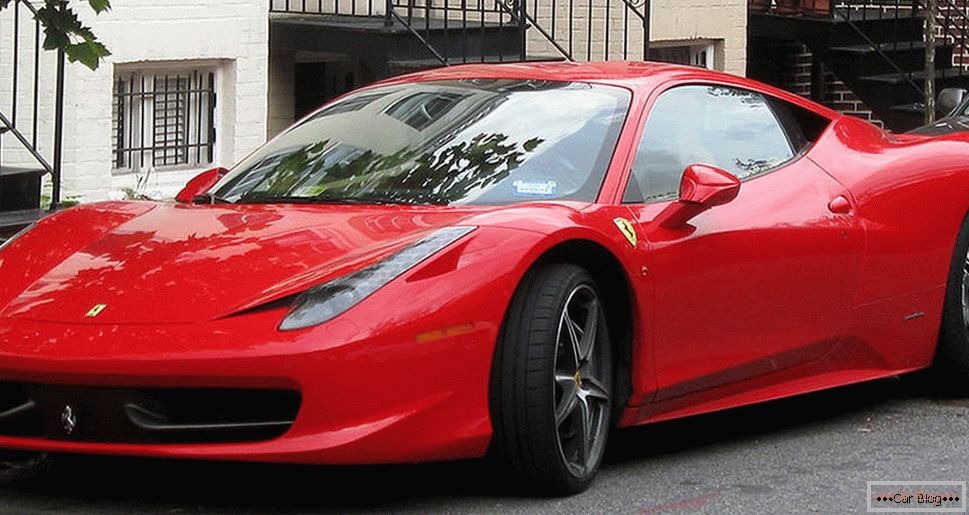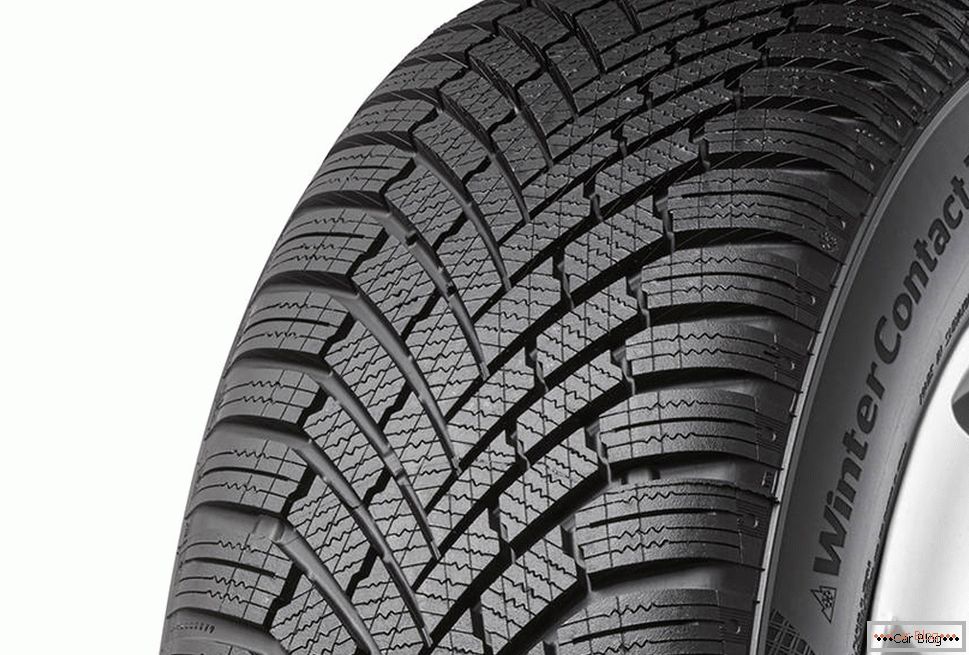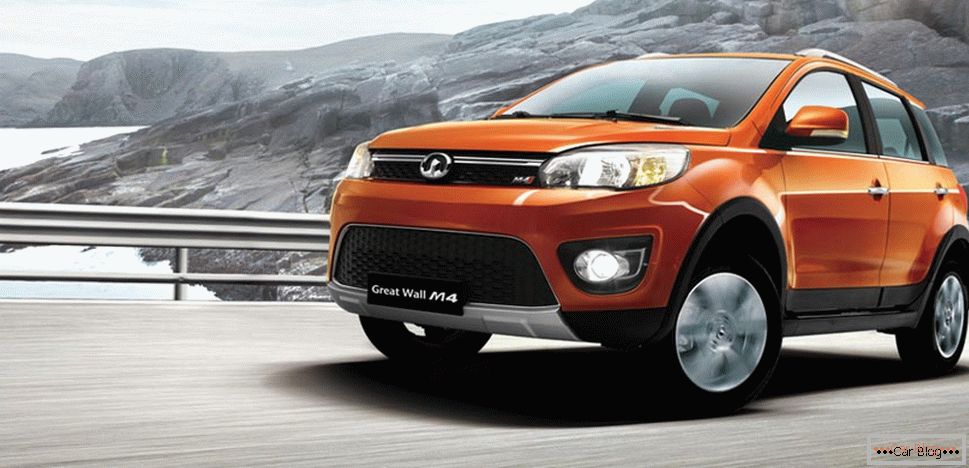Compliance with the rules of the road helps not only preserve the integrity and safety of cars, but also the health of drivers and passengers. One of the strict signs in such a situation is the prohibiting symbol in the form of a circle in red with a white stripe inside, commonly referred to as a “brick”.
Having noticed a similar road informant on the way, it is worth increasing your vigilance. A fine for passing under a brick will be quite weighty. You can also get more severe punishment up to deprivation of rights.
Content
- 1 Correct installation
- 2 When the installation of "brick" is relevant
- 3 What happens if you drive under a brick
- 4 challenging procedures
- 5 When you can go without a fine brick
Correct installation
The sign 3.1 described in the current traffic regulations can be installed in accordance with the standard GOST R 52289-2004. According to this document, the valid places are:
- regulation of entry / exit at gas stations, car parks, public recreation places, which allows to regulate traffic;
- restricted entry to certain sections of the road, including repair of the roadway;
- The restrictions imposed during the detour of public transport are often relevant for large metropolitan areas, where heavy traffic congestion and for public transport do not allocate individual sections, but full lanes;
- the movement is limited on a dedicated territory, for example, on the territory of an enterprise or hospital;
- You can get a penalty for traveling under a brick, if you hang it to prohibit a journey into a public traffic lane, which blocks a turn for drivers and the road is divided into several lanes (the sign blocks one of the lanes).
It is important to know that the law enforcement officers are allowed to issue a penalty for entry under the sign of movement only when the installation of the index is done according to the rules
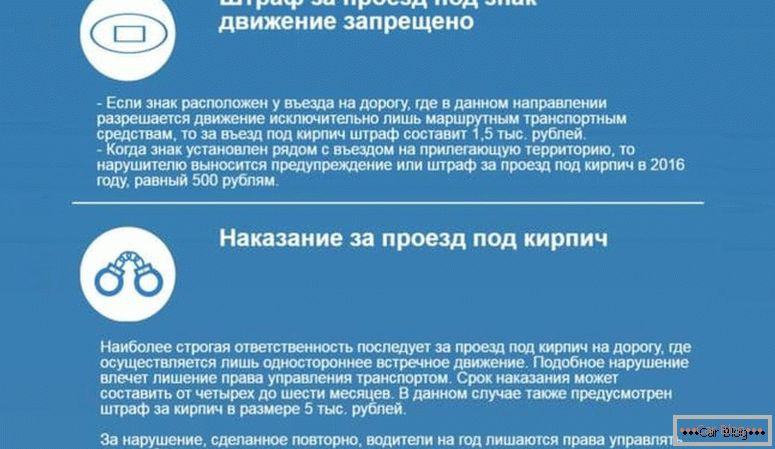
When a sign is placed to prohibit travel to a specific section, the distance to this zone must be at least 25 m, and the installation height must be between 2 and 4 m. For suburban sections of the route, it is allowed to be installed 50 m before the start of the prohibition zone.
For the driver should be available overview of the informing object It is not allowed to block it with foreign objects, including vegetation or billboards. If there are any obstacles, the driver has the right to appeal against the groundlessness of the punishment due to the low visibility of the pointer.
It is not allowed to install a sign directly in front of the prohibiting area, as the driver will not have time to react. For installed "bricks" on the side of the road there is a limit of half a meter from the edge of the roadway.
See also: How much can you drive on DCTWhen the installation of "brick" is relevant
Threatening entry under brick fine. This is due to the fact that it refers to prohibiting road signs. The main information that he conveys - the subsequent passage is impossible. Indeed, movement under the sign is impossible in the following cases:
- when motor transport enters the one-way road to meet the flow, however, here is also required to place the corresponding pointer on one-way traffic;
- in the case when the driver drove under the sign, starting to move along the lane, which is allocated exclusively for public transport;
- when prohibiting travel on a territory belonging to a certain organization, there must be an additional sign on one-way traffic;
- if the sign is installed in places that need to be driven around, as traffic on a closed section is physically unacceptable.
It is worth paying attention to the location of the sign, because for the opposite side to have the right to impose a fine, it must be provided with excellent visibility. When visibility is weak and there is no possibility to discern a pointer from a distance of 100 m, then the car owner has the right to challenge the punishment.
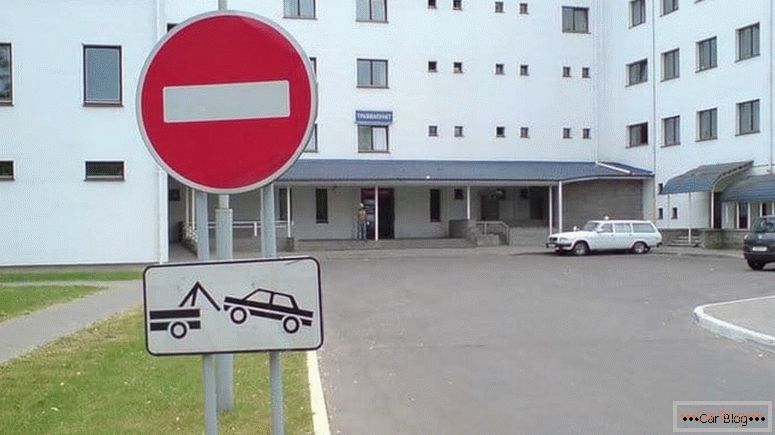
During the preparation of the appeal, you need to make a convincing argument about the low visibility of the pointer.. The establishment of various types of interference is allowed.
What will happen if you drive under the brick
The following factors influence the amount of the fine in 2018:
- it is important that the consequences of the violation of this paragraph of the traffic rules
- the number of similar violations in the recent period;
- in what way the fixing of offenses was carried out, for example, the inspector could use video fixation.
It will be possible to identify the consequences of a violation if the court rely on the protocols and reports submitted by law enforcement officers. All entries specified in such submissions will be taken into consideration, including testimony. Thus, the data from the inspector will be decisive.
Under the current Code of Administrative Violations, the amounts handed down by the court may vary:
- the offender is punished with 500 rubles if he entered the territory in front of which a corresponding sign is installed, for example, at a gas station, but does not reach the seizure of documents in this situation
- the amount of 1500 rubles. will be assigned to the offender, who drove into the strip for public transport, closed by the sign 3.1;
- for those who entered the traffic with one-way traffic, closed by a prohibition sign, the inspector has the right to issue a punishment in the amount of 5000 rubles. or ensure the withdrawal of a driver's license up to six months.
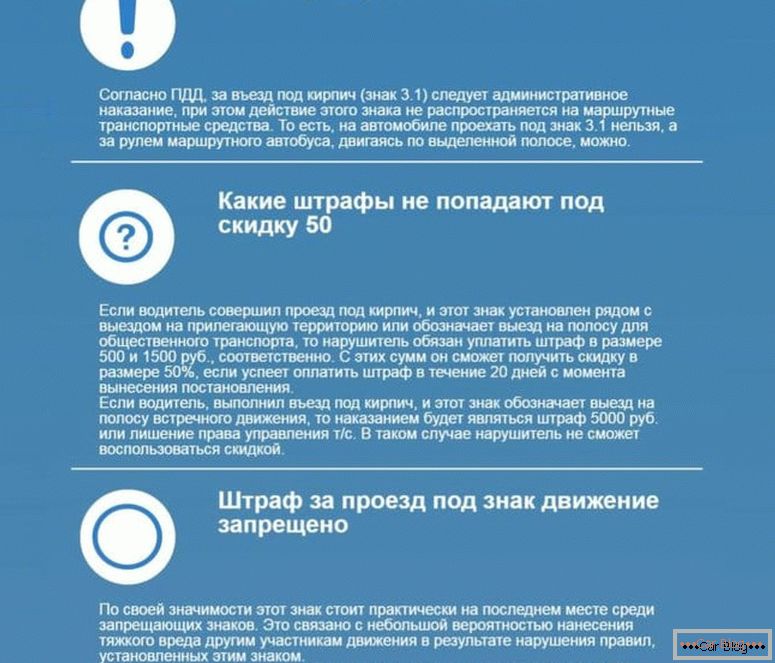
In the latter case, there is no difference in how the violation occurred, whether the car completely drove through or seized only one wheel of the road section when it arrived in reverse. Under a more severe punishment gets the driver with a repeated violation. It can be deprived of certificates for a year, however, if only video recording took place, then they are not entitled to take documents, but only a fine of 5000 rubles is issued.
contestation procedure
Unfortunately, check in under the prohibitive index "brick" is carried out for various reasons quite often. In this case, to challenge the decision of the inspector is very problematic in court, and legal costs significantly exceed the financial benefits.
More correct is challenging the deprivation of rights. These questions are won much more often. In such a situation it is recommended:
- You should not put a signature in the protocol, because your stroke will be interpreted as acceptance of the fault, and it will be problematic to dispute it.
- In the corresponding column, the traffic police officer puts an indication that the car owner does not agree with the situation described because of the bad visibility of the sign or if the installation rules are violated.
- To indicate a more accurate reason, the driver should be familiar with traffic rules in the field of installing signs or consult with a lawyer or a qualified lawyer.
- It is necessary to check the date of submission of the application to the court, since it must be submitted within 10 days from the date of registration of the protocol.
- The plaintiff must provide a full package of documents established by lawyers.
- It is advisable to have a photo or video from the scene of the violation, which is provided to the court. This will help the DVR or witnesses.
- You can search for errors in the protocol or biased attitude of the inspector to the driver.
It is important to have good reasons to appeal the protocol.
When you can go without a fine brick
There are not many exceptions that allow movement under the prohibition sign. Such a ban does not apply to public transport. This allows drivers to maneuver when driving on buses, etc., driving into the oncoming lane, but only if they are allocated to a public vehicle. Otherwise it will be a common violation.
Penalties can be avoided if you prove the illegality of the installation of the mark. You can also not pay if you install it incorrectly, which is quite common in practice.

